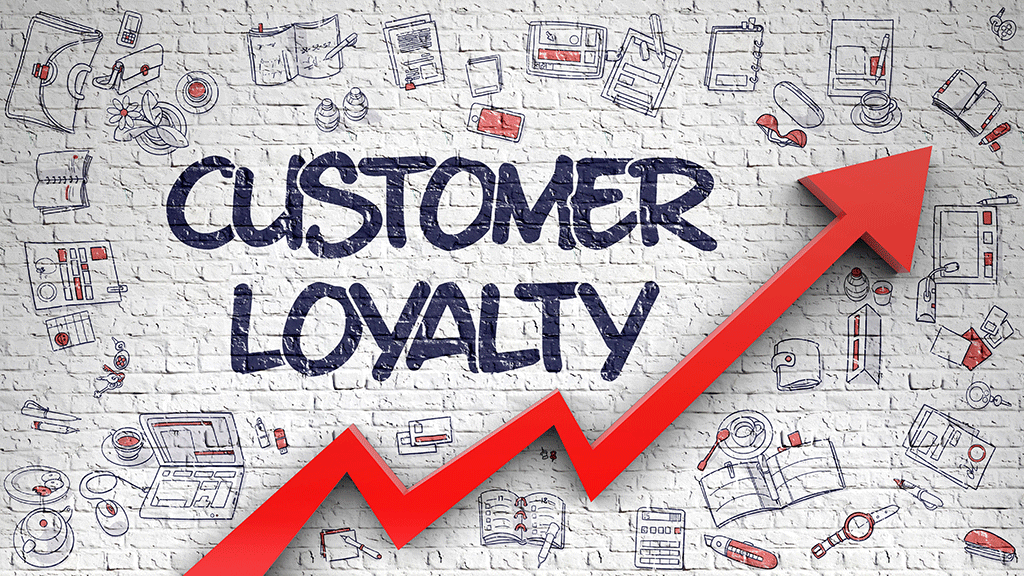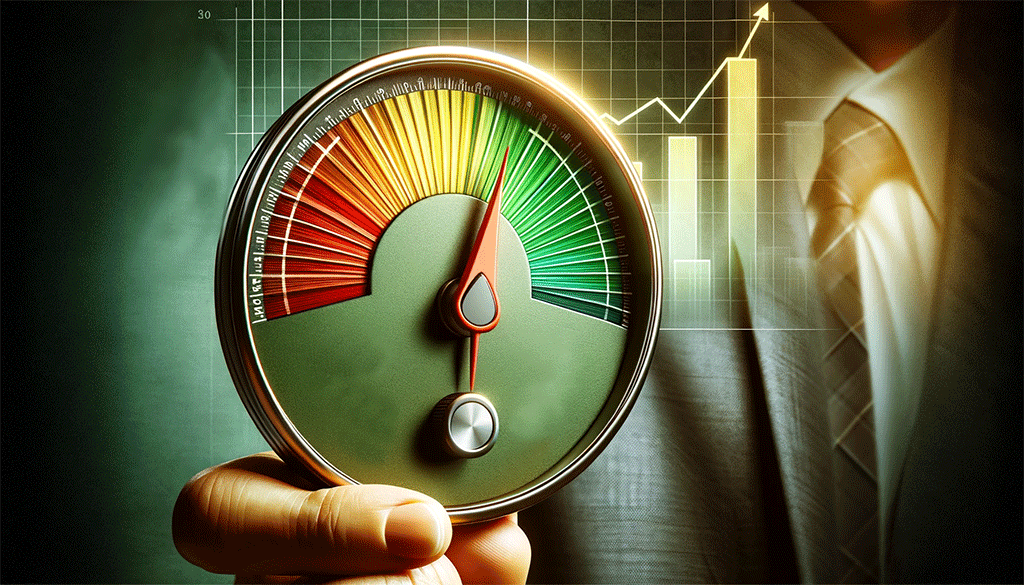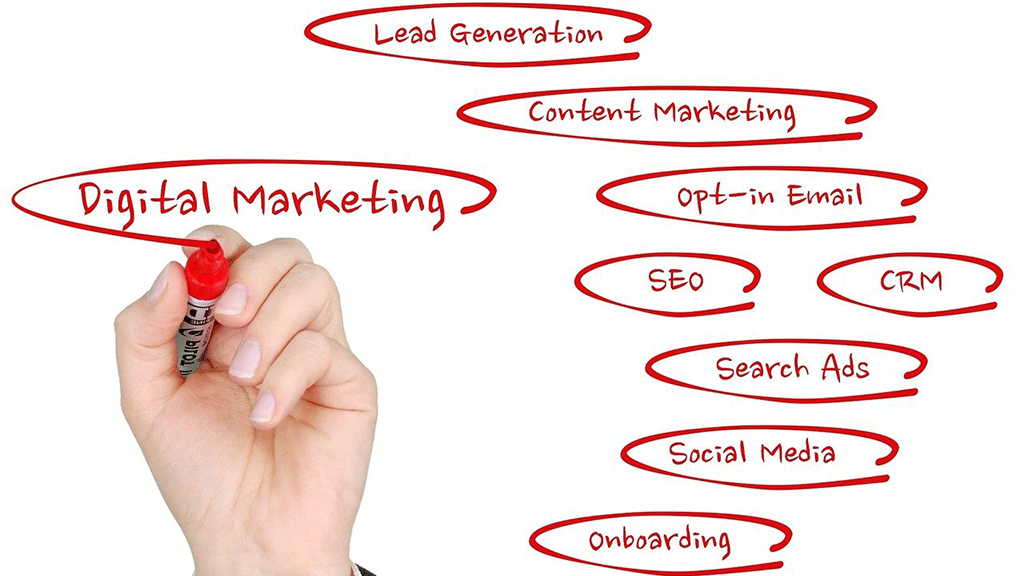“I’ve learned that people will forget what you said, people will forget what you did, but people will never forget how you made them feel.“
~ Maya Angelou
Key Takeaways
- Holistic Customer Insights: Integration of CRM and ERP systems provides a comprehensive view of customers, aiding in personalized communication and targeted marketing.
- Operational Efficiency: Seamlessly connecting front-end and back-end systems reduces manual tasks, minimizes errors, and accelerates decision-making.
- Enhanced Customer Experience: Synchronized data ensures consistent and personalized service, fostering customer satisfaction and loyalty.
- Data-Driven Decision Making: Advanced analytics enable businesses to predict customer churn, segment effectively, and measure loyalty program effectiveness.
Building Customer Loyalty Programs in Today's Digital World
The integration of CRM and ERP systems, supplemented by sophisticated data analytics, offers businesses a powerful toolkit for building customer loyalty programs. This strategic approach ensures that customer insights are leveraged effectively across all stages of the customer journey, from initial contact through post-sale support and beyond. By fostering a data-driven culture, businesses can not only meet but exceed customer expectations, cultivating loyalty in an increasingly competitive landscape.
Unified Customer Data Management through CRM and ERP Integration
CRM Systems act as the frontline interface, directly engaging with customers. They collect vital information, including contact details, sales interactions, communication history, and customer preferences. This front-end data is crucial for understanding the customer's journey, enabling personalized communication, and tailoring marketing campaigns to individual needs.
ERP Systems complements CRM by managing the operational backend. They maintain records of order history, manage inventory and supply chain logistics, handle financial transactions, and ensure data consistency across various business processes. This backend data supports efficient resource allocation, real-time business visibility, and streamlined operations, indirectly enhancing the customer experience by ensuring timely delivery and accurate billing.
Integration Benefits:
- Holistic Customer Insights: By integrating CRM and ERP systems, businesses can achieve a 360-degree view of their customers. This unified data pool helps in understanding customer behavior across all touchpoints, leading to more effective personalization and targeted marketing strategies.
- Operational Efficiency: The seamless flow of information between front-end and back-end systems reduces manual data entry, minimizes errors, and accelerates decision-making processes.
- Enhanced Customer Experience: A synchronized data ecosystem ensures that customers receive consistent and personalized service, improving satisfaction levels while fostering and building customer loyalty.
- Data-Driven Decision Making: The integration facilitates advanced analytics, allowing businesses to predict customer churn, segment customers more accurately, measure loyalty program effectiveness, and develop models to understand customer lifetime value.
Data Analytics: The Key to Building Customer Loyalty Programs
Beyond integration, the application of data analytics on the combined data from CRM and ERP systems unlocks deeper insights into customer behavior and preferences. Predictive analytics can forecast customer churn, enabling proactive engagement strategies. Effective customer segmentation allows for more targeted and relevant marketing campaigns. Moreover, analyzing the impact of loyalty programs through data helps refine these initiatives, ensuring they deliver value to both the business and its customers.
Ethical Considerations and Compliance
As businesses leverage these technologies, the importance of ethical data collection, customer privacy, and regulatory compliance cannot be overstated. Transparent data practices not only ensure adherence to legal standards but also build customer trust, a fundamental component of loyalty.
Understanding Customer Behaviors & Preferences: A Data-Driven Approach
Integrated CRM and ERP data not only help businesses understand the “why” behind customer actions but also empower them to make informed decisions that drive personalized experiences, build stronger relationships, and foster lasting loyalty. This holistic approach to data analysis ensures that strategies are not just reactive but proactively tailored to meet and anticipate customer needs, ultimately enhancing the customer experience and contributing to sustained business success.
Unveiling the “Why” Behind Actions:
- Purchase and Service History Analysis: Delving into the specifics of customer purchase patterns and service interactions reveals underlying preferences and pain points, guiding personalized engagement and support strategies.
Building a Detailed Customer Profile:
- Demographic and Interaction Insights: Leveraging contact information and sales interaction history from CRM data helps in crafting targeted messages and content, enhancing the relevance and effectiveness of marketing campaigns.
Seeing the Bigger Picture:
- Cross-Departmental Data Integration: Merging data from CRM and ERP systems offers a complete view of the customer journey, highlighting interactions with the brand at every stage. This integrated perspective supports effective segmentation and tailored marketing strategies.
Predictive Analytics for Proactive Engagement:
- Identifying Churn Risk and Motivations: Analyzing data trends enables the identification of customers at risk of churn and the factors influencing their decisions. This knowledge allows businesses to engage proactively, offering personalized solutions and retention efforts.
Measuring and Iterating for Building Customer Loyalty Programs:
- Loyalty Program and Campaign Performance Analysis: Tracking engagement and analyzing feedback on loyalty programs and marketing campaigns enable continuous improvement, ensuring they resonate well with target segments.
Key Strategies Enabled by CRM and ERP Data:
- Personalization and Targeting: Crafting experiences tailored to individual preferences and behaviors, enhancing customer satisfaction and loyalty.
- Segmentation: Dividing customers into distinct groups for more focused and relevant marketing efforts.
- Predictive Analytics: Utilizing historical data to anticipate future behaviors, enabling proactive measures for retention and engagement.
- Customer Journey Mapping: Identifying critical touchpoints and areas for improvement across the customer journey to enhance the overall experience.
- Product Recommendations and Cross-Selling: Leveraging purchase history to make personalized product recommendations and suggest relevant additional purchases.
- Churn Prevention: Recognizing early signs of dissatisfaction to address issues before customers decide to leave.
- Feedback Analysis: Utilizing customer feedback to drive product and service enhancements, ensuring they meet or exceed expectations.
- Lifetime Value Optimization: Focusing on customers with high lifetime value to maximize long-term profitability.
- Inventory Management: Ensuring product availability aligns with customer demand patterns, avoiding stockouts or excess inventory.
How This Data Critical for Understanding Customer Behaviors & Preferences
- Unveiling the “Why” Behind Actions: By analyzing purchase history, a beauty products retailer identifies a trend towards organic products. They use this insight to launch a targeted marketing campaign for their new organic skincare line, directly appealing to this growing customer preference.
- Building a Detailed Customer Profile: A sports equipment company segments its customers by age and sports interests based on CRM data. For young adults interested in hiking, they personalize newsletters with hiking gear recommendations and local trail information.
- Seeing the Bigger Picture: An electronics retailer integrates CRM and ERP data to track customer interactions from inquiry to purchase to post-sale service. They notice that customers buying high-end gaming PCs often seek support for performance optimization. In response, they offer a complimentary optimization guide post-purchase, enhancing customer satisfaction and loyalty.
- Predictive Analytics for Proactive Engagement: A subscription-based streaming service uses CRM data to identify subscribers who have decreased their viewing time. Predictive analytics suggest these subscribers are at risk of canceling. The service sends personalized content recommendations based on their viewing history to re-engage them.
- Measuring and Iterating for Loyalty Enhancement: After implementing a new loyalty program, a coffee chain uses CRM data to track engagement and redemption rates. They find that bonus points on birthdays drive the highest engagement, leading them to emphasize this feature in their loyalty program promotions.
Implementing Key Strategies
- Personalization and Targeting: A bookstore uses past purchase data to send customers personalized book recommendations in genres they frequently read, increasing repeat visits and purchases.
- Segmentation: An online fashion retailer segments its customers by purchase behavior and seasonal shopping trends, sending targeted offers for summer wear to customers who historically increase purchases in the warm months.
- Customer Journey Mapping: A SaaS company maps the customer journey and identifies a high dropout rate during the free trial signup process. They simplify the signup form and see a significant increase in trial conversions.
- Product Recommendations and Cross-Selling: Using browsing behavior, an e-commerce platform recommends complementary items, like suggesting a camera bag and memory card to a customer viewing cameras, increasing average order value.
- Churn Prevention: By monitoring service call frequency and customer satisfaction scores, a telecom company identifies customers likely to churn and offers them a personalized plan adjustment to address their concerns.
Key Insights on Technology-Enhanced Loyalty Programs
In today’s dynamic business landscape, technology plays a pivotal role in shaping and enhancing loyalty programs. Let’s explore how the incorporation of technology, including apps and digital cards, transforms loyalty strategies:
- Accessibility and Convenience: Loyalty apps and digital cards ensure that customers have 24/7 access to their loyalty account, points balance, and rewards, all from their smartphones. This eliminates the inconvenience of carrying physical cards or forgetting them.
- Personalization and Engagement: Through data analytics, mobile apps offer personalized experiences by tailoring rewards and recommendations based on individual customer behaviors and preferences. Features like push notifications and location-based offers provide timely and relevant engagement, enhancing the customer experience.
- Gamification and Real-time Interactions: Introducing gamified elements such as challenges, badges, and leaderboards within apps fosters customer engagement and loyalty. Real-time push notifications for promotions or rewards (when customers are near your store) create immediate and compelling interactions.
- Omnichannel Experience and Integration: Seamless integration across different channels (apps, websites, in-store) offers a consistent customer experience. Digital cards integrated with mobile wallets facilitate easy and contactless payments, enhancing convenience.
- Data Privacy and Tech Savviness: While technology-driven loyalty programs offer numerous benefits, they also raise concerns about data privacy and the need for users to be comfortable with digital tools. Programs must balance personalization with privacy and ensure inclusivity for all customers.
- Future Technologies: The adoption of advanced technologies like AI for personalized recommendations, blockchain for secure and transparent transactions, and AR for immersive experiences points towards a dynamic and engaging future for loyalty programs.
Practical Use Example
Let's consider a hypothetical scenario to illustrate how these technologies come together in a loyalty program:
- Scenario: A coffee shop chain introduces a loyalty app that integrates digital cards, gamification, and personalized offers. Customers download the app to their smartphones, storing their digital loyalty card. The app tracks their purchase history and preferences, rewarding them with points for every purchase and bonus points for trying new seasonal blends.
- Personalization: Based on the purchase data, the app sends personalized drink recommendations and exclusive discounts on their favorite items. Customers receive push notifications for double points days or special events like their birthday, offering a free drink or a discount.
- Gamification: Customers participate in challenges, such as “Visit five different locations this month” to earn extra points or unlock special badges. Leaderboards foster a sense of community and competition among the coffee lovers.
- Real-time Engagement: When customers are near a coffee shop location, the app sends a notification about the day's special offer, encouraging them to visit. Integration with mobile wallets allows for quick, contactless payment, automatically adding points to their loyalty account.
- Feedback Mechanism: The app includes a feature for customers to rate their drinks and service, offering instant bonus points for completing a survey, encouraging ongoing engagement, and providing the chain with valuable feedback to improve the customer experience.
Key Challenges in Digital Loyalty Programs
Creating successful digital loyalty programs requires a balanced approach that addresses technical challenges, personalization, customer engagement, privacy concerns, and operational efficiency.
- Inconsistent Benefits and Lack of Personalization:
- Customers expect consistent and personalized rewards. Tailoring rewards to individual preferences, backed by robust data analytics, can significantly enhance customer satisfaction and engagement.
- Technical and Integration Complexities:
- Seamless integration with existing systems and ensuring app stability are critical. This requires a focus on compatibility, security measures, and performance optimization to ensure user satisfaction across devices.
- Poor Customer Engagement and Privacy Concerns:
- Engagement strategies must balance novelty and personalization without overwhelming customers. Addressing privacy concerns through transparency, compliance with data protection regulations, and offering user control over data is essential.
- High Operational Costs and Competition:
- Digital loyalty programs can be costly to implement and maintain. Streamlining operations for efficiency and differentiating the program through unique value propositions are vital strategies.
- Complexity and User Accessibility:
- Simplifying user interfaces and processes while ensuring accessibility for all users, including those less tech-savvy, is crucial for widespread adoption and satisfaction.
- Overreliance on Incentives:
- Diversifying rewards beyond discounts and points to include exclusive experiences or perks can sustain long-term engagement without diminishing value.
Strategic Solutions for Effective Implementation
- Personalization and Effective Tracking:
- Implement data-driven personalization to align rewards with customer preferences. Use advanced analytics for effective tracking and continuous adaptation based on feedback.
- Seamless Integration and Robust Security:
- Focus on seamless integration with CRM, point-of-sale, and marketing platforms. Implement state-of-the-art security protocols to protect customer data.
- Diverse Incentives and Timely Communication:
- Innovate beyond traditional reward mechanisms by incorporating unique experiences or rewards for engagement. Ensure communication is timely and relevant to avoid overload.
- Simplicity and Clear Instructions:
- Design loyalty programs that are easy to understand and use. Provide clear instructions and support to enhance the user experience.
- Transparency and Compliance:
- Build trust through transparent data practices and adherence to privacy laws. Empower customers with control over their data.
- Embracing Emerging Technologies:
- Stay ahead of the curve by integrating emerging technologies like AI for personalized recommendations, blockchain for secure transactions, and AR for immersive experiences.
- Continuous Improvement and Team Expertise:
- Regularly assess and adapt the loyalty program based on customer feedback and changing market dynamics. Invest in skilled personnel for technology, data analysis, and customer engagement.
By focusing on strategic solutions such as robust integration, data-driven personalization, diverse incentives, and leveraging emerging technologies, businesses can overcome these challenges. This approach not only enhances the customer experience but also fosters lasting loyalty and differentiates the program in a competitive market.
FAQs on Technology & Building Customer Loyalty Programs

See you out there!



